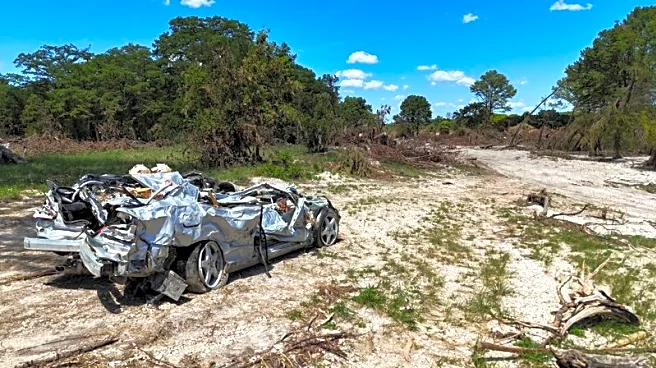What's Happening?
Kate Rogers, the CEO of the nonprofit managing the Alamo, has resigned after facing public criticism from Texas Lt. Gov. Dan Patrick. Patrick criticized Rogers for an academic paper she wrote, which questioned the Texas Legislature's education policies
and suggested a broader historical focus for the Alamo. Rogers announced her resignation, stating that recent events made it clear it was time for her to move on. The controversy centers around differing views on how the history of the Alamo should be presented, with Patrick opposing any narrative that deviates from traditional accounts.
Why It's Important?
This resignation highlights ongoing tensions in the U.S. over how historical narratives are presented, particularly those involving sensitive topics like slavery and race. The Alamo is a significant historical site, drawing over 1.6 million visitors annually, and the way its history is told can influence public perception and education. The conflict reflects broader national debates about the role of politics in education and historical interpretation, with potential implications for how history is taught in schools and presented at public sites.
What's Next?
The Alamo Trust will need to appoint a new CEO who can navigate these contentious issues. The Texas General Land Office plans a $400 million renovation of the Alamo, including a new museum and visitor center set to open in 2027. The new leadership will likely face pressure to balance historical accuracy with political considerations. Stakeholders, including political leaders and historians, may continue to debate the appropriate narrative for the Alamo, potentially influencing future educational and cultural policies.
Beyond the Headlines
The situation at the Alamo is part of a larger cultural and political struggle over historical memory in the U.S. The debate over how to present the Alamo's history touches on broader issues of identity, heritage, and the role of public institutions in shaping collective memory. This case may set precedents for how other historical sites address similar challenges, potentially affecting museum practices and public history projects nationwide.















